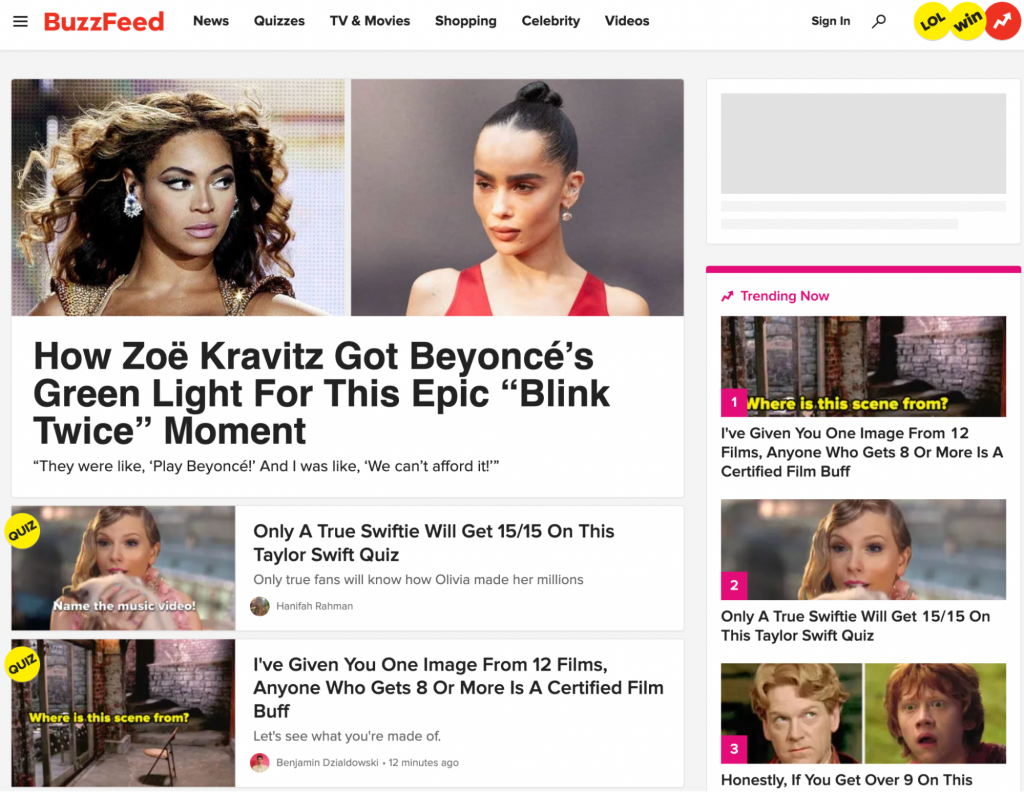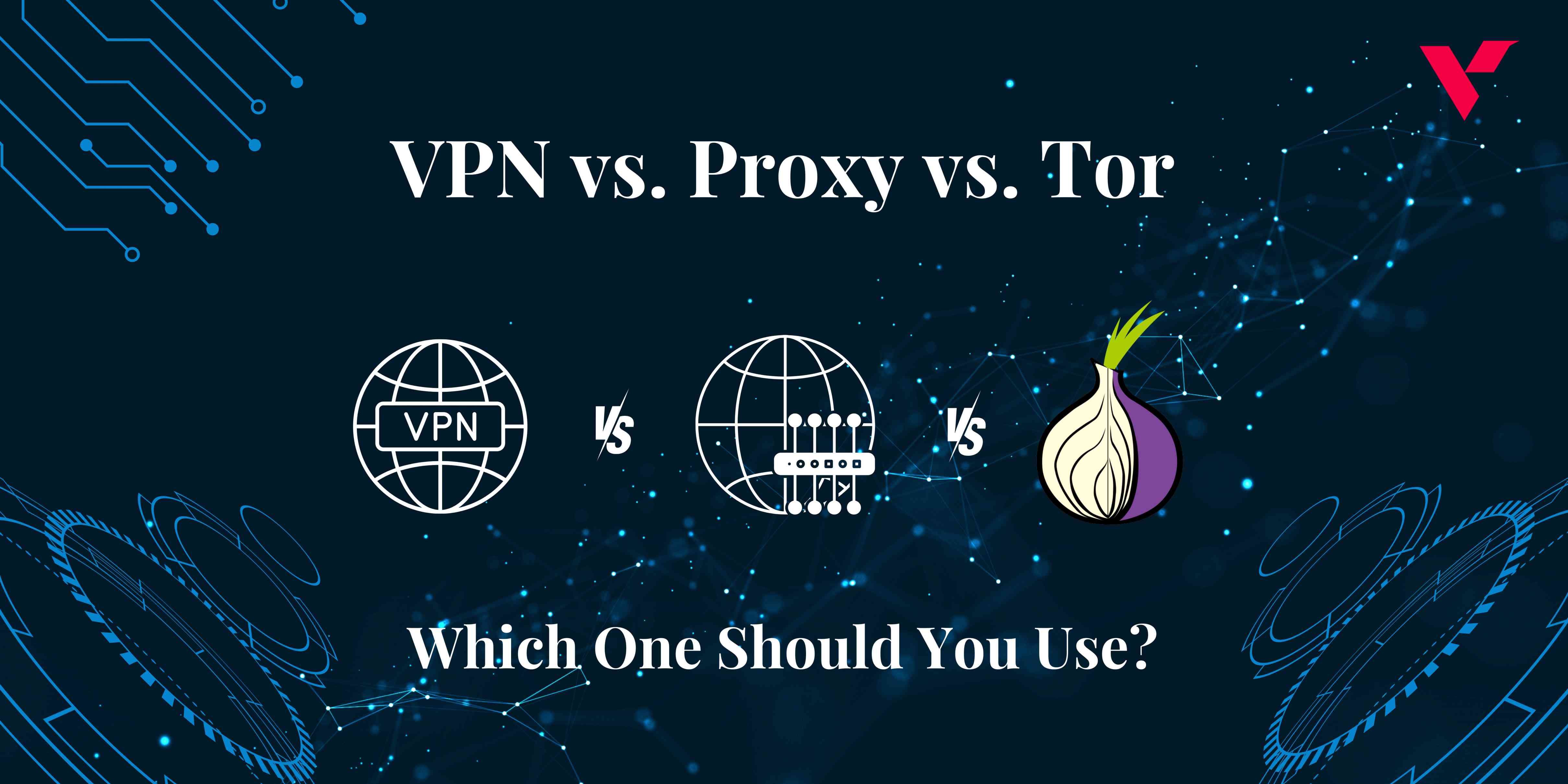Popular Tools by VOCSO
Research shows that consumers are growing increasingly tired of repetitive marketing messages from brands.
In order to avoid a demographic-wide disengage from your future campaigns, it’s important to switch up your branding regularly to keep your targets on board.
This is where a well-oiled content curation strategy becomes the star of your marketing campaign.
Content curation drives brand marketing, especially for those on a budget. Packed full of insights from all angles, engaging visuals and everchanging topics, it has become one of the most important marketing saviours in an era of mass repetition.
This article will explore content curation from all angles and teach you how to drive leads in a competitive marketing landscape.
Table of Contents
What Is Content Curation?
First, let’s strip the process of curating ‘content’ back to its simplest form.
Content curation in marketing is the process of gathering relevant, high-quality content that already exists (such as blog posts, news publications, ebooks, and podcasts) and sharing it with your online audience alongside your own views or opinions.
Unlike content marketing, curation does not involve creating content on behalf of a brand, which saves both time and resources. However, this does not mean it is as simple as sharing someone else’s post.
A content curation strategy requires brands to understand their audience’s interests and identify content that resonates with their needs to improve engagement and avoid marketing fatigue – which occurs when consumers become overwhelmed or disengaged because of brand messages.
Is Content Curation The Star Of Marketing?
Marketing fatigue can happen when a consumer becomes overwhelmed or disengaged with marketing messages due to the repetition of the content. This can lead to decreased response rates, engagement rates, and conversions.
Luckily, a content curation strategy allows marketers to diversify their content offerings whilst still catering to the interests of their audience. A content curation strategy has a number of benefits, including:
- It saves time and money: Compared to crafting original content, content curation is a less time-consuming and cost-effective strategy.
- It positions brands as thought leaders: By sharing high-quality content from across the web with your own opinions and thoughts, your followers will view your brand as a thought leader.
- It helps build connections with influencers: Sharing influencer content or UGC can strengthen your brand’s credibility and increase engagement. The most successful content curators understand the value of connecting with influencers in relevant niches.
- It creates a more interesting newsletter: Your brand may not have enough content to fill a newsletter each week or each month, so curated content gives you interesting sections to add.
- It gives brands something to constantly share on social media: If you haven’t had the time or resources to create your own content, you can share curated content on social media to remain active.
Whilst content curation has a plethora of benefits, it is essential to produce your own high-quality content if you want to grow your business, generate traffic to your website, and enhance brand awareness.
Content curation can not completely replace your brand’s content marketing strategy. However, it does lessen the chances of repetitive content that frustrates your online audience as it diversifies your content, keeping it fresh and engaging.
How To Drive Leads With a Powerful Content Strategy
The aim of a content curation strategy is to engage and inform your audience and inspire them to convert. Here are some tips for a successful content curation strategy:
Find Your Sources
The key is to gather your content from various sources, including social media, niche publications, user-generated content (UGC), industry-related newsletters, media monitoring tools, and more.
Information is everywhere, so the less mainstream the source is, the less repetitive the content will be to your audience.
However, remember to credit the content author. Firstly, it shows it has come from a credible source. In addition, crediting the author also increases the likelihood that they will share your curated content, which enhances your brand’s visibility. Finally, copyright issues and legal complications may arise if you’re caught using someone’s images without their consent.
Plan Your Content Calendar Wisely
You need to find the right balance between sharing in-house content and curated content.
Convince and Convert reported that the ideal ratio for a social media marketing strategy is 60% curation and 40% creation. However, you must test what works best for your business based on your own target audience.
Sandra Chung, Head of Content & Partnerships at Mention, said: “Some businesses will see better results when sharing their own content 70% of the time. Others will find themselves sharing curated content 70% of the time. You can’t know what’s right for you before you measure the performance of both types of content and find your sweet spot.”
Curate Relevant Content
When curating content, you want the topic to be relevant to the audience you are sharing it to.
For example, if you are a marketing agency sending out weekly newsletters, don’t bother including curated food recipes. Likewise, a marketing agency would refrain from sharing posts on social media about travel deals.
Take the Time to Read the Content
Ensure you thoroughly read the content you are sharing, from start to finish, so that it does not damage your brand’s reputation or praise your competitors.
In addition, if what you read doesn’t hold your attention, then it most likely won’t hold your audience’s attention either. When content feels interesting and valuable for your audience, consider it a great addition to your curation strategy.
Remember to be careful when using content curation tools to find suggestions. These tools recommend content based on your interests rather than what’s best for your business.
Measure The Metrics
It’s essential to measure the impact of your strategy to see how many users are interacting with your curated content, how much traffic the curated content sends to your website, and what content types your audience prefers.
The type of metrics you use to measure the performance depends on which channel. For example, it’s essential to measure clicks, likes and shares on social media, open rate and click-through rate on newsletters, and traffic on blogs.
4 Content Curation Examples To Take Inspiration From
Content curation strategies can involve creating email newsletters, reposting on social media, and sharing content on your website. Here are five content curation examples from some top brands:
Moz
Moz Top 10 is a long-lasting, bi-monthly newsletter which lists 10 of the most valuable SEO and online marketing articles on the web.

SEO and online marketing are crowded industries with a lot of content published daily. The real value of Moz’s newsletter is picking only 10 blog posts that they think their audience should read.
BuzzFeed
Even though BuzzFeed has an in-house team of content creators, a significant portion of its news feed features curated content from the web, including world news, discussions on movies and TV shows, recipes, celebrity gossip, and more.

Porsche
Instagram is not the top social media platform for content curation because it’s not as simple as retweeting a post on X (formerly Twitter).

However, Porsche’s content curation strategy includes republishing their customers’ pictures on Instagram. By leveraging UGC, your brand is not creating the content but collecting it instead.
The Marginalian (formerly Brain Pickings)
The Marginalian is an excellent example of curation for the purpose of entertaining an audience. Creator Maria Popova compiles a range of quotes and theories from other people, past and present.

The website posts reviews, allows users to submit content and adds a personal touch to each and every curated newsletter with added comments.
Wrapping Up
While other marketing strategies remain useful and popular, content curation is the ideal way to keep your online audience engaged with new content every day and avoid marketing fatigue caused by repetition.
Remember that marketing fatigue is also caused when brands send a high volume of marketing messages in a short period. So, make sure you are also considering how often you send or share content, as well as what the content is.

















